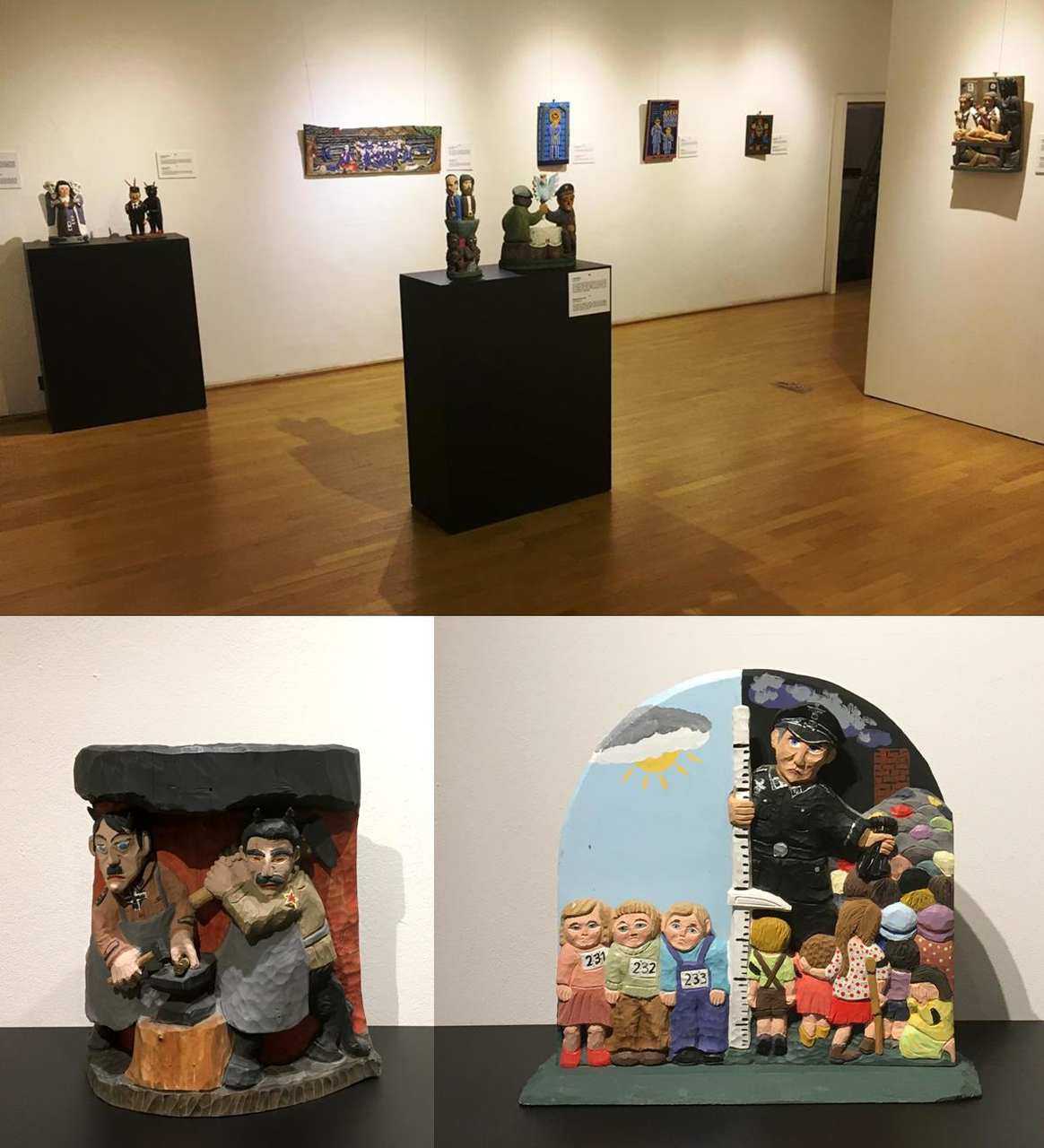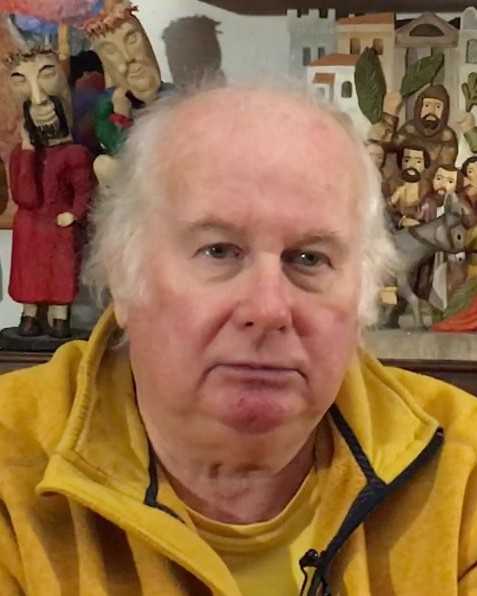
Louis Galinski
Louis Galinski has been a collector of non-professional art for many years, he has several thousand sculptures and paintings in his collection. The focus of his collection is an extremely difficult subject related to the events of World War II, the cruelty of two tyrants, Hitler and Stalin. Louis Galinski is a German who has learned the (difficult) Polish language in order to be able to communicate freely with Polish artists. This exhibition was created from his rich collection. Galinski is also the author of the artbook entitled “Einst Frohe Lande vergehn im Brande” (eng.: “Once merry Country turns to Ashes”) dedicated to his collection.
Hitlerism
Among the fundamental characteristics of Hitlerism are racism, nationalism, militarism and individual rule. Out of this devilish mixture, pure evil has emerged as a tool for exercising power. Hitler did not resist the temptation to use it for his demonic reign which plunged the world into darkness.

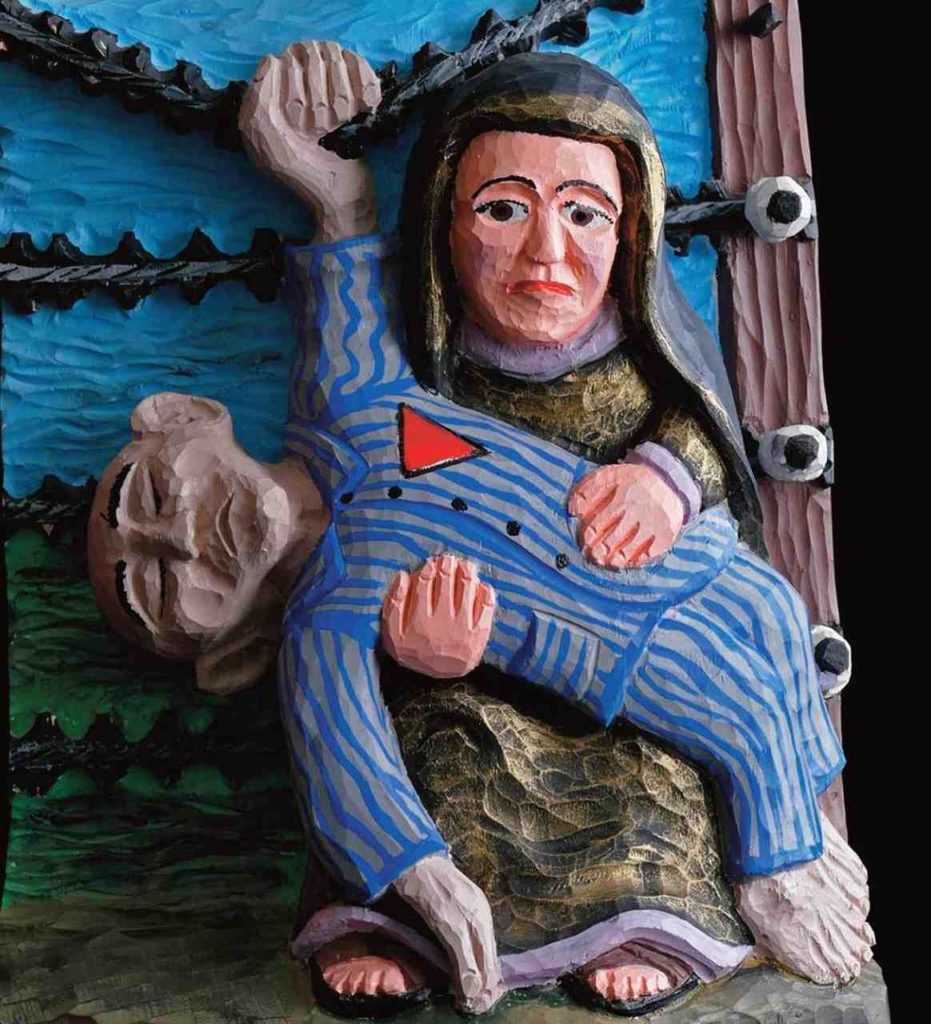
Concentration Camps
Suffering, hunger and death were part of everyday camp reality. The term “to go on the wires” meant to commit suicide by throwing oneself on the electrified barbed wire, which surrounded the camp. The creator of this sculpture used the classic figure in form of a pietà.
Father Maximilian Kolbe
In July 1941, one prisoner escaped from the camp in Auschwitz. In retaliation, the deputy commandant gathered the prisoners on the roll-call square and announced that every tenth of them would be sentenced to death. The choice fell among others on Franciszek Gajowniczek. Then Kolbe stepped forward and offered to take his place. As a consequence, he ended up in a starvation bunker, where on 14 August 1941, after two weeks of starvation, an SS doctor killed him with an injection of phenol.
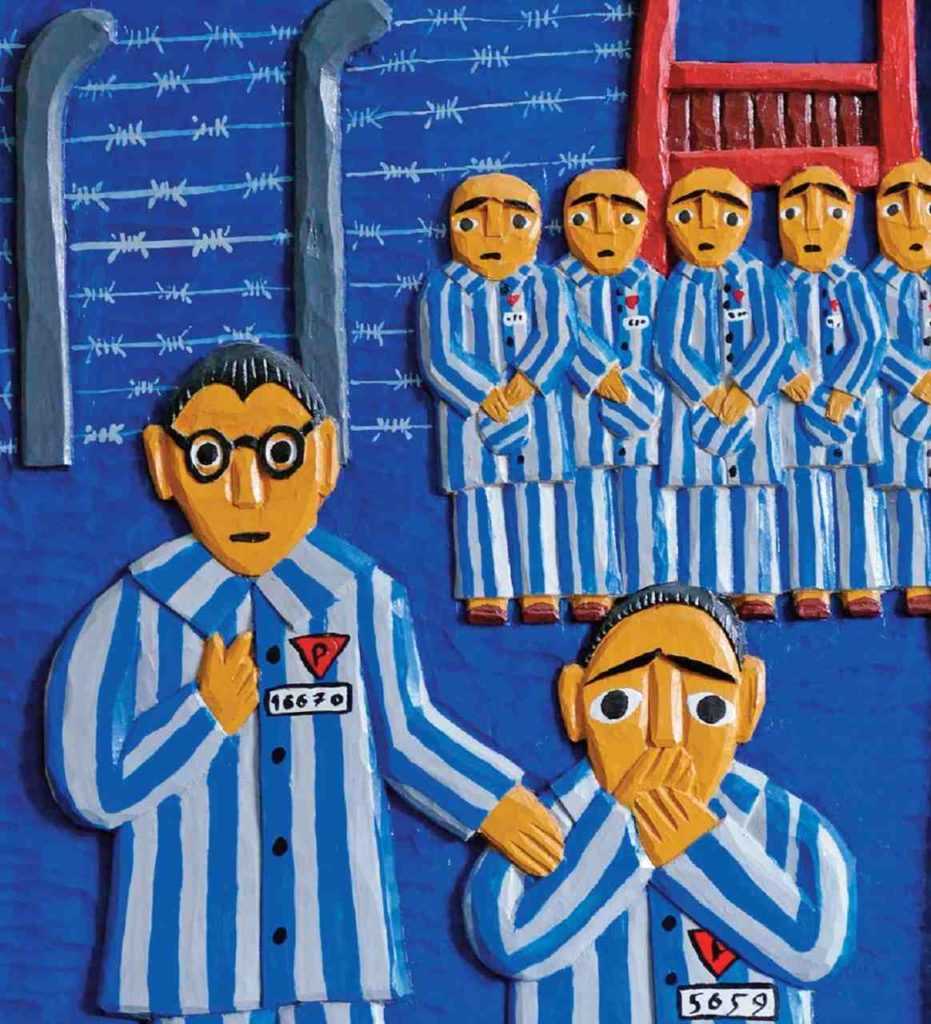

The Holocaust
During his visit to conquered Poland on 2 November 1939, Joseph Goebbels, Reich Minister of Propaganda, denied the Jews humanity, in his opinion they were nothing more than animals. He summed up his thoughts in a diary entry:
“Therefore this is not a humanitarian task, but a surgical task. Ruthless steps must be taken here, otherwise Europe will die due to the Jewish disease.”
Stalinism
Terror and propaganda gave Joseph Stalin unlimited, dictatorial power over the USSR. After the Second World War, Stalinism spread to countries that fell within the Soviet sphere of influence. Stalin’s rule cost lives and suffering, tens of millions of lives.
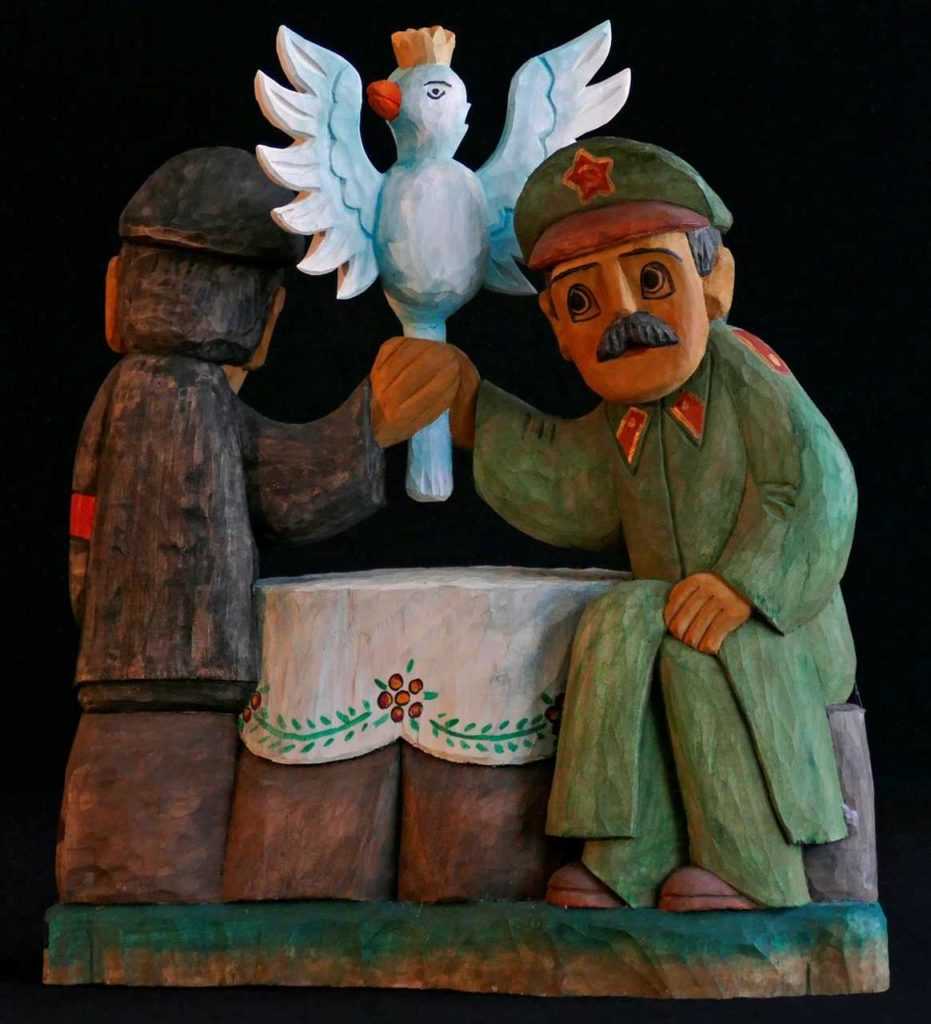
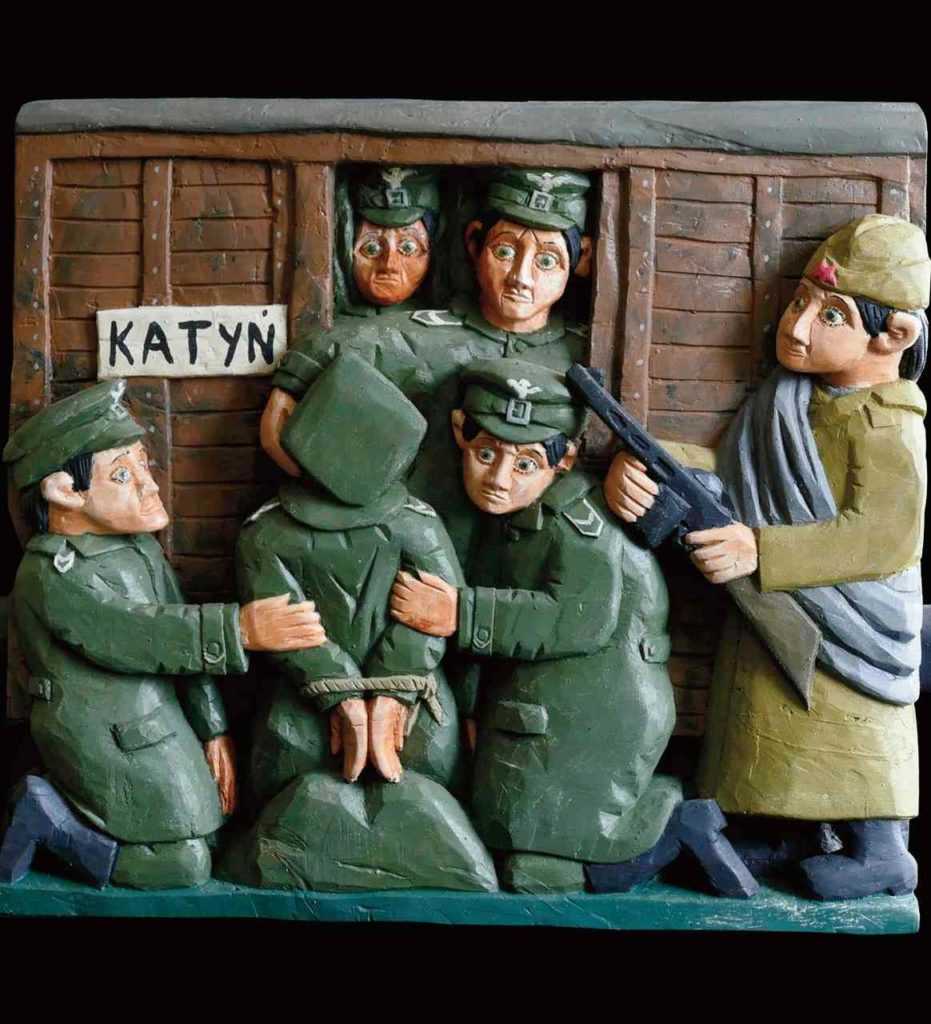
Gulag
The Stalinist system created a murderous industry that knew no mercy towards millions of people. Forced into slave labour, they often died of starvation or exhaustion. Innocent people were also murdered during mass crimes, the symbol of which is Katyń, where nearly 22 000 Poles (mainly officers) were murdered.
Artbook
“Louis Galinski’s work ‘Once merry Country turns to Ashes’ is an exceptional work deserving the highest recognition… In his interpretation of particular works, Galinski often refers not only to Polish history and culture, but to the achievements of European philosophical-moral, cultural and social thought.”
Prof. Dr. hab. Marian Pokropek
The book has been published in Polish and German, the English version is in preparation.
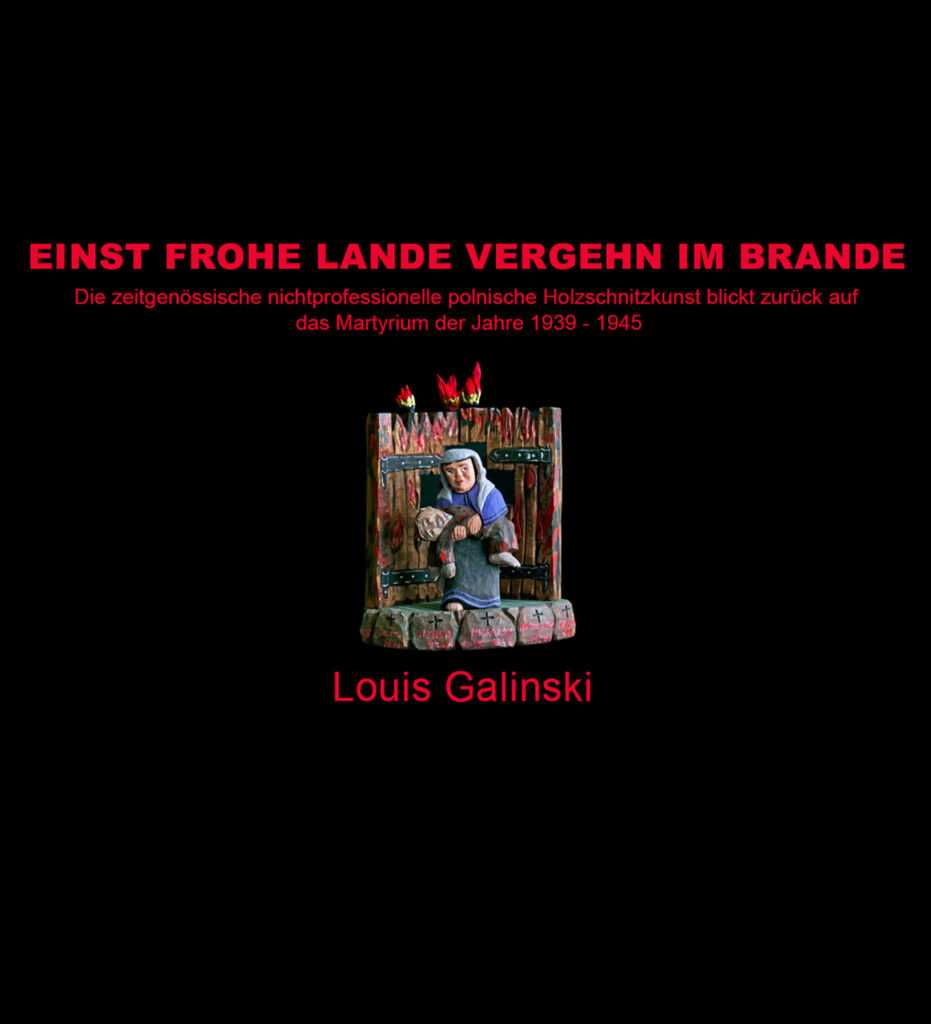
The Exhibition
The exhibition consists of 80 original works made by recognized and respected non-professional artists. Each work contains references to a specific event, place, time, participants: victims and perpetrators. Therefore, the exhibition is an authentic and reliable historical source. The exhibition requires a space of 100-300 m2 in one or more halls. The size of the exhibition can be adjusted to your needs and possibilities. More details can be found in the tab “ABOUT US” and in the CATALOGUE OF THE EXHIBITION.
